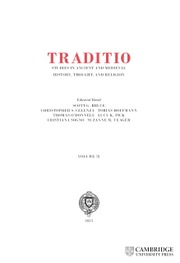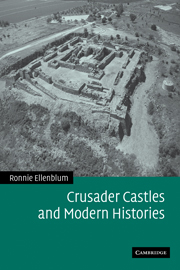Frankish Rural Settlement in the Latin Kingdom of Jerusalem
This book is a study of the spatial distribution of Frankish settlement in the Latin Kingdom of Jerusalem at the time of the Crusades, and of the spatial and social interrelation between the Franks and the indigenous population. It is based on an unprecedented field study of more than two hundred Frankish rural sites and on a close re-examination of the historical sources. The division of the country between Christian and Muslim populations is explained by the far-reaching social process of nomadisation and sedentarisation which began with the Muslim conquest in the seventh century and which reached its zenith before the Frankish conquest of the country. The author re-examines some of the basic assumptions of standard recent scholarship, and advocates a new model of the nature of Frankish settlement, as a society of migrants who settled in the Levant, had close relations with eastern Christians, and were almost completely shut off from the Muslim society which lived elsewhere in the country.
- Based on an unprecedented archaeological survey of over 200 Frankish sites in the kingdom of Jerusalem at the time of the Crusades
- Places Frankish settlement in the Middle East in the context of the gradual decay of eastern Christianity in the region
- Conflicts sharply with standard views about the role and influence of the Franks in the Middle East in this period
Reviews & endorsements
"Ellenblum has produced a truly imporant book that is bound to open a revisionist debate of great importance to the history of the crusader states." Hans Eberhard Mayer, American Historical Review
"...remarkable book...This is an important reassessment of Frankish settlement in the Latin Kingdom of Jerusalem, one that provides a new model for understanding that settlement. The book is also a model for how historical and archaeological sources can be marshaled and argued. And there can be no doubt that the evidence Ellenblum provides is impressive in its amount and detail. The result is a book that ranks among the major works in the field of Crusader studies in recent years." Speculum: A Journal of Medieval Studies
"This book offers a happy marriage of field archeology and textual analysis." International Journal of Middle East Studies
"Frankish Rural Settlement raises interesting questions about Frankish society in the Latin East. Ellenblum...make[s] a strong case for the Franks' closer connections to rural affairs than his scholarly predecessors had recognized and his labor in this regard is well worth his Sisyphean effort." Journla of the American Oriental Society
Product details
November 2003Paperback
9780521521871
344 pages
229 × 154 × 20 mm
0.528kg
14 b/w illus. 9 maps
Available
Table of Contents
- Acknowledgments
- Part I. Presentation of the Problem:
- 1. A segregated society or an integrated society?
- 2. Criticism of the existing model
- Part II. The Castrum, The Burgus and the Village:
- 3. Castellum regis
- 4. Evidence about the existence of Frankish settlements
- 5. The rights and duties of the Frankish settlers in the Frankish settlements of Casale Imbert and Nova Villa
- 6. The settlers: their places of origin and their occupations
- 7. The geographic layout of a Frankish village: the example of Parva Mahomeria
- 8. The neighbourhood of a Frankish castrum
- 9. The church as a nucleus of a Frankish castrum
- 10. Mixed Frankish and local Christian settlements
- 11. Frankish settlements and the collection of tithes
- Part III. Isolated Dwellings:
- 12. The list of Jean of Ibelin
- 13. Frankish settlement and the fief of the camerarius regis
- 14. The isolated dwelling
- 15. Administration of rural estates
- 16. Settlement activities of the military orders: the castle and flour mills in Da'uk and Recordana
- Part IV. The Spatial Distribution of Frankish Settlement:
- 17. The boundaries of Frankish settlement in western Galilee and Samaria
- 18. The spatial distribution of Frankish settlement north of Jerusalem
- 19. Spatial distribution of Christian and Muslim settlements in Samaria
- 20. Differential geographical changes and the cultural borders of Samaria and Galilee
- Summary and conclusions
- Bibliography
- Appendix.

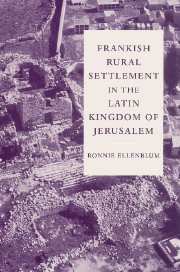
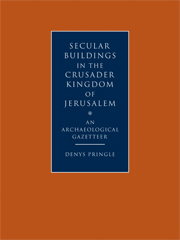
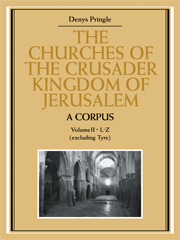

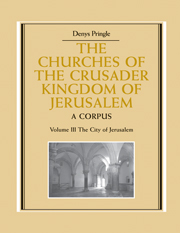

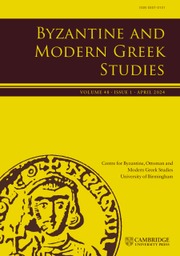
.jpg)
